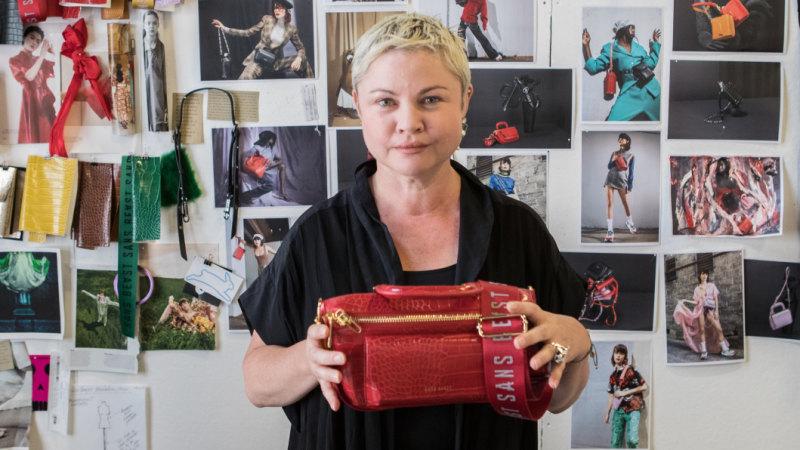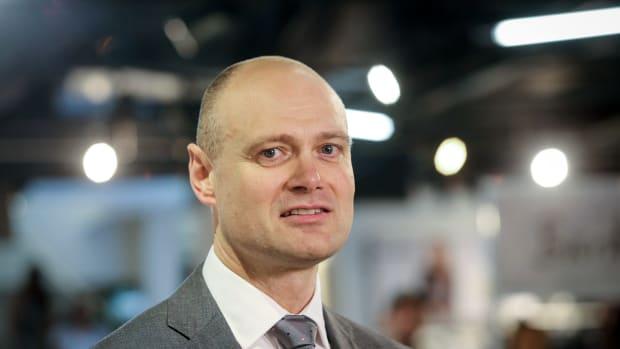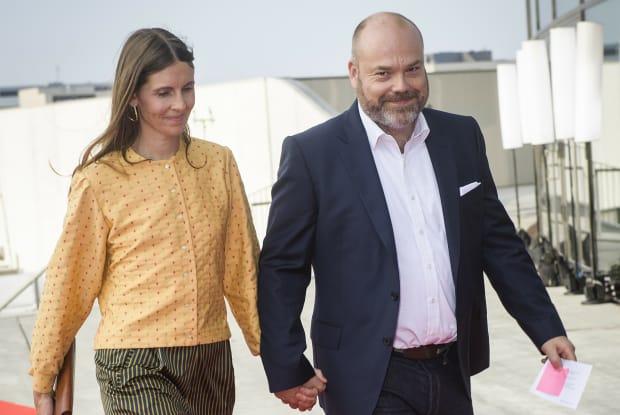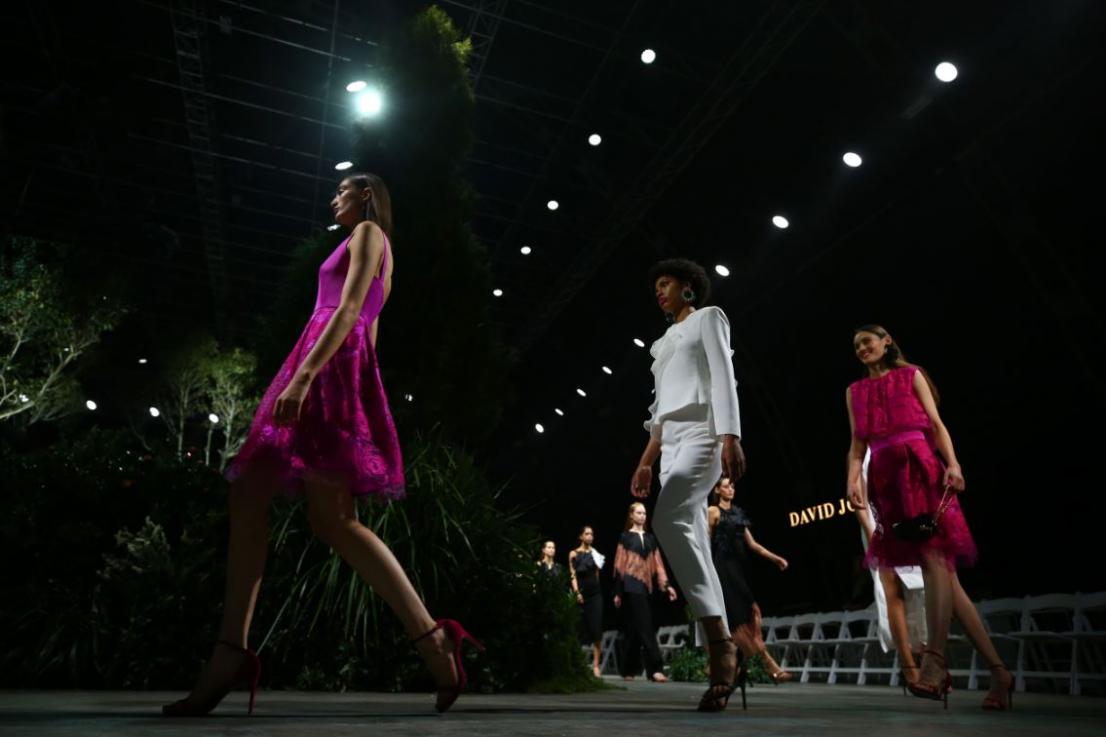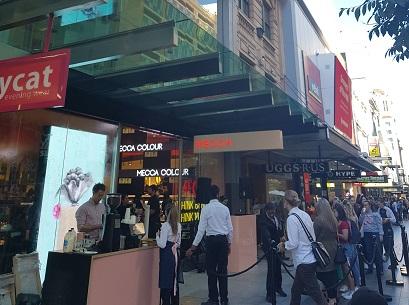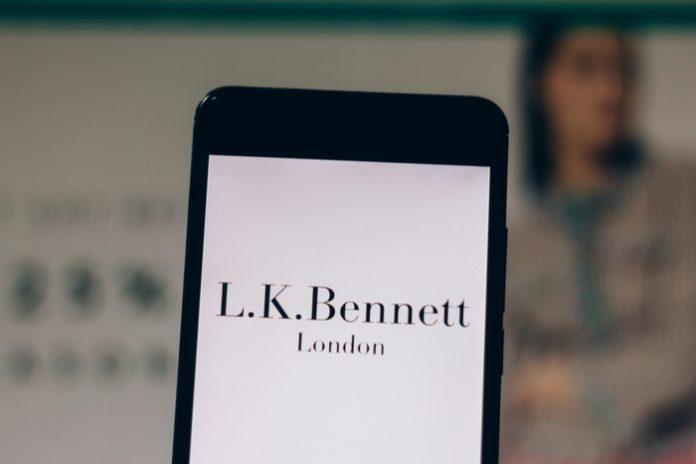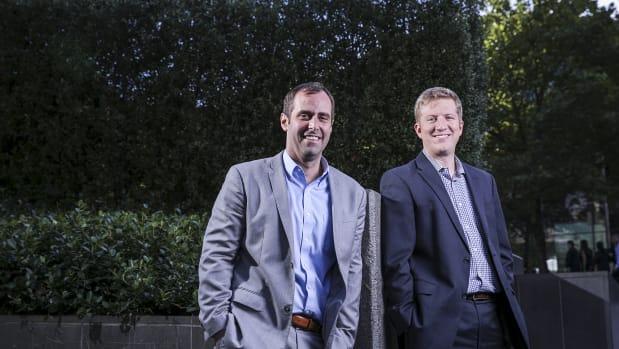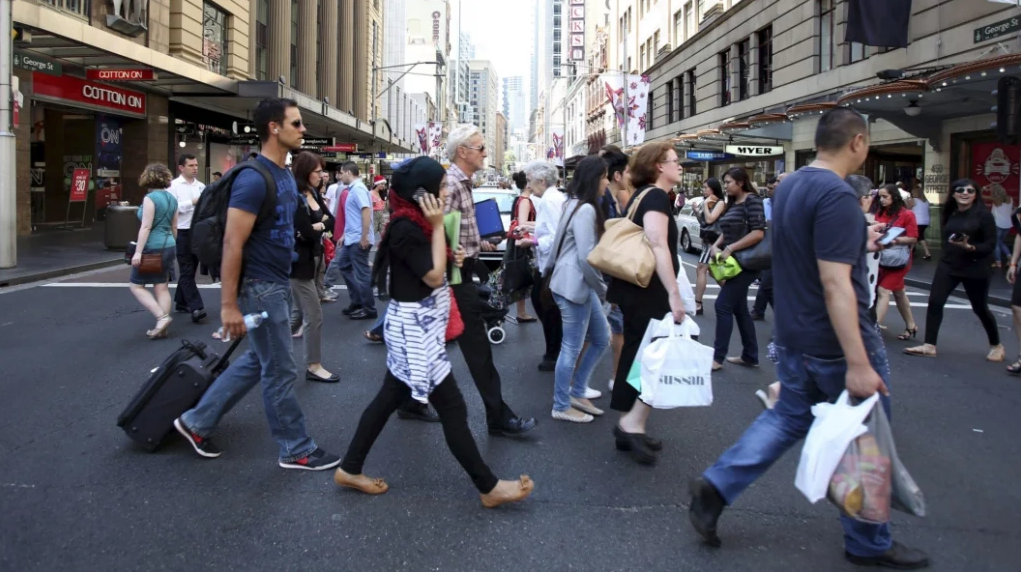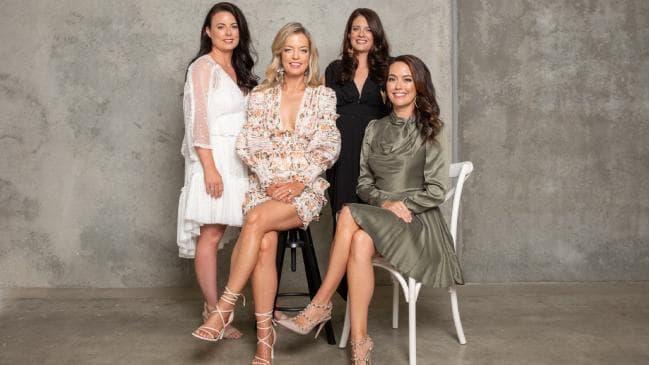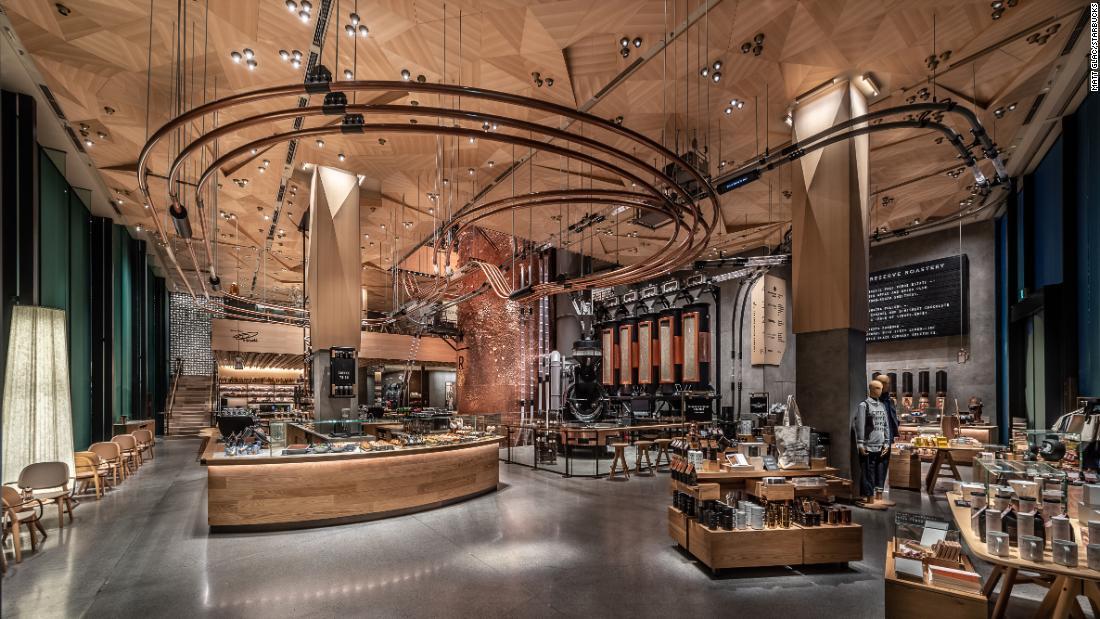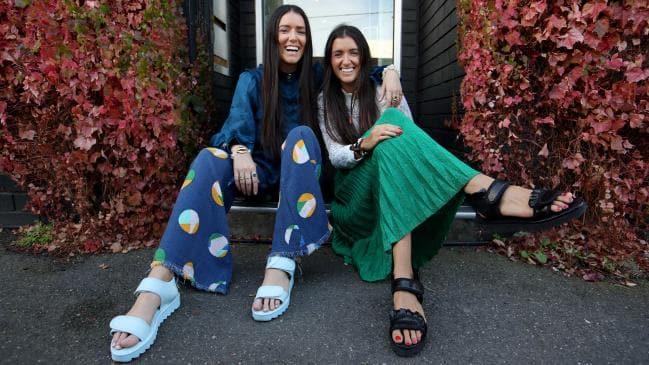
Stef Dadon will never forget a simple piece of advice she received almost three years ago from her billionaire grandfather when she and younger sister Jess launched their trendy brand of foam sandals.
“He said ‘bring the price down, that is the key to success’. He loves to tell us to bring the price down,’’ she recalls the now 95-year-old retail king Marc Besen, founder of the Sussan fashion chain, saying. The Dadon sisters are descendants of Australian retail royalty. Their great uncle is property magnate John Gandel, the owner of Melbourne’s Chadstone Shopping Centre, one of the biggest in the southern hemisphere.
For decades the Besens owned Melbourne’s Highpoint shopping centre, with its 500 specialty fashion, homewares and lifestyle stores, car parks, food courts and thousands of employees.
By contrast, this new generation of the Besen family, aged 31 and 26, are making their retail fortunes in the world of social media and selling over the internet.
Asked by a fan on the blog of their online shop if you could buy their “super cool life-changing shoes”, they replied: “Dude, it’s 2018. This is a store. But instead of driving there, finding a parking space, stopping on the way … you just click some buttons, and voila! The shoes arrive at your doorstep. So yes, you can buy them in a store, but only this amazing online one.”
The centrepiece of their office on the edge of Melbourne’s CBD in ritzy Richmond, where their colourful sandals line the windowsill, is a bright pink couch.
There they record episodes for their “How Two Live” podcast, which offers listeners business, fashion, and life advice. Since its launch in 2012 it has gone global.
Alongside the couch is the bed and water bowl of their beloved male golden retriever Panther.
The Dadons have thousands of followers on Instagram. Their range of lightweight, waterproof, platform sandals with velcro straps, launched three years ago, are delivered in PVC tubes, not shoeboxes.
“Recently we decided to go from online-only to try our hand at bricks and mortar,” Stef says. “We made the decision to go into some curated wholesale partners like David Jones and our grandfather was very excited about that.”
The sisters have certainly inherited the entrepreneurial spirits of their grandfather and his wife Eva. In 2016 they made headlines when they launched their TWOOBS brand of footwear with a guerilla marketing stunt at New York Fashion Week.
Conscious of how many photographers appear outside Fashion Week venues waiting for the perfect snap, the Dadons hired three bikini-clad models for $100 each, a driver and set up their own shows — in freezing temperatures — outside venues at Moynihan Station and Clarkson Square.
“We got there and the photographers swarmed the girls. It was all over social media and it was an incredible launch for the brand with such little money,’’ Stef says.
They didn’t need to rely on their wealth or family connections in spending no more than $500 to kickstart their brand on the biggest stage on Earth. Yet they are deeply conscious and respectful of their family heritage in the retail industry.
“Fashion is in our blood on our mum and our dad’s side,” Stef says. “That has really inspired us. We have grown up with some incredibly inspiring women to learn from. That has driven us to where we are now. To be confident in business the way we are.”
She is speaking of her famous aunts, Naomi Milgrom and Carol Schwartz. The former now runs the Sussan retail fashion chain; the latter is on the board of the Reserve Bank after spending many years running Highpoint, which the Besen family sold at the top of the property market in mid-2017.
The Dadons’ mother, Deborah, chairs the Besen philanthropic foundation (and is a proud wearer of her daughters’ shoes), and their father Albert is an entrepreneur, jazz guitarist and property developer.
“The important thing for me growing up is that it was just normal that I had so many business women to look up to,” Jess says. “Our grandfather has been such a big part of fostering women in the fashion industry.’’
But the Dadon sisters have been conscious to never forget their roots.
They both attended the prestigious Bialik College in Hawthorn and recently returned to the school to be the centrepiece of what the school claims is a first in Australian education — an Entrepreneurship Week for Year 9 students.
It was Bialik’s twist on the traditional “City Week” experience practised at colleges across the country, where students heading into the most important years of secondary school education trade their school desks for the city pavements.
“Entrepreneurship Week is an Australian first,” says Bialik principal Jeremy Stowe-Lindner. “Rather than a flash-in-the-pan speaker or experience, this is a week-long deep dive into the entrepreneurship and tech world connecting with curricular experiences before and after.
“We are preparing children for a workforce and for jobs that do not yet exist. The 21st century skill set is a very different one to the siloed careers of yesteryear, so entrepreneurship is a perfect vehicle for that.”
When they met with Bialik’s Year 9 students, the Dadons, who left school in 2005 and 2010, recalled the tale of their New York Fashion Week stunt that kickstarted their business.
“Students don’t often hear from others that take a different path,” Stef says. “We told them it is OK not to know what you want to do. It is OK to try to create something out of nothing.
“Being younger, I think they found they could relate to us. Taking comfort you can put yourself out there, have a vision and go for it.”
During Entrepreneurship Week, the Bialik students spent half their time working with other entrepreneurs such as online retailer Gabby Leibovich, co-founder of Catch of the Day, and Uber Eats Australia and New Zealand General Manager Jodie Auster.
Leibovich says: “I really congratulate the Bialik board to take the leap forward and be a leader in entrepreneurial studies. As they say you can’t keep doing the same things and expect different outcomes.’’
The students did a walking tour of the small inner-city Melbourne suburb of Cremorne as a “startup hub”, where they visited the workplaces of REA Group, Rampersand and LaunchPad Hub. Also in Cremorne, billionaire packaging magnate Raphael Geminder organised a visit to the innovation centre for his Pact Group.
The boss of softwear company MYOB, Tim Reed, also opened his workplace to the students, assisted by Barry Brott, one of the founders of the Paul Bassat-run and James Packer backed venture capital firm Square Peg Capital.
The Bialik program was put together by Brandon Carp, executive chairman and co-founder of healthcare company UHG, and the LUNA Startup Studio, a team of experts that exists to help startups launch and grow.
“We’ve worked with hundreds of entrepreneurs but never with students,” said LUNA chief executive Rohen Heine.
“This was the first time we’ve designed and delivered something with the younger generation and we were blown away.
“We have to be more enterprising as a nation and that starts with education of kids. The average age of an entrepreneur in Australia is late 20s, early 30s. That is quite problematic because the later you are starting your business for a first time, the more riskier it is. From our point of view the earlier we can teach people enterprising skills, the better.”
MYOB also provided the venue to host the last day of the week where the students pitched their ideas in a 90-second, digitally interactive Shark Tank-style public forum to a judging panel anchored by the Dadon sisters.
“When we were presenting to the students on Monday morning we could see the hesitation there and they were all a bit unsure,” Jess says. “Over the week their confidence grew. We came back on Friday to judge the pitching and you could see how they had changed. Being millennials, the tagline of our generation is forging our own path. It is important to us to do things we really believe in.”
